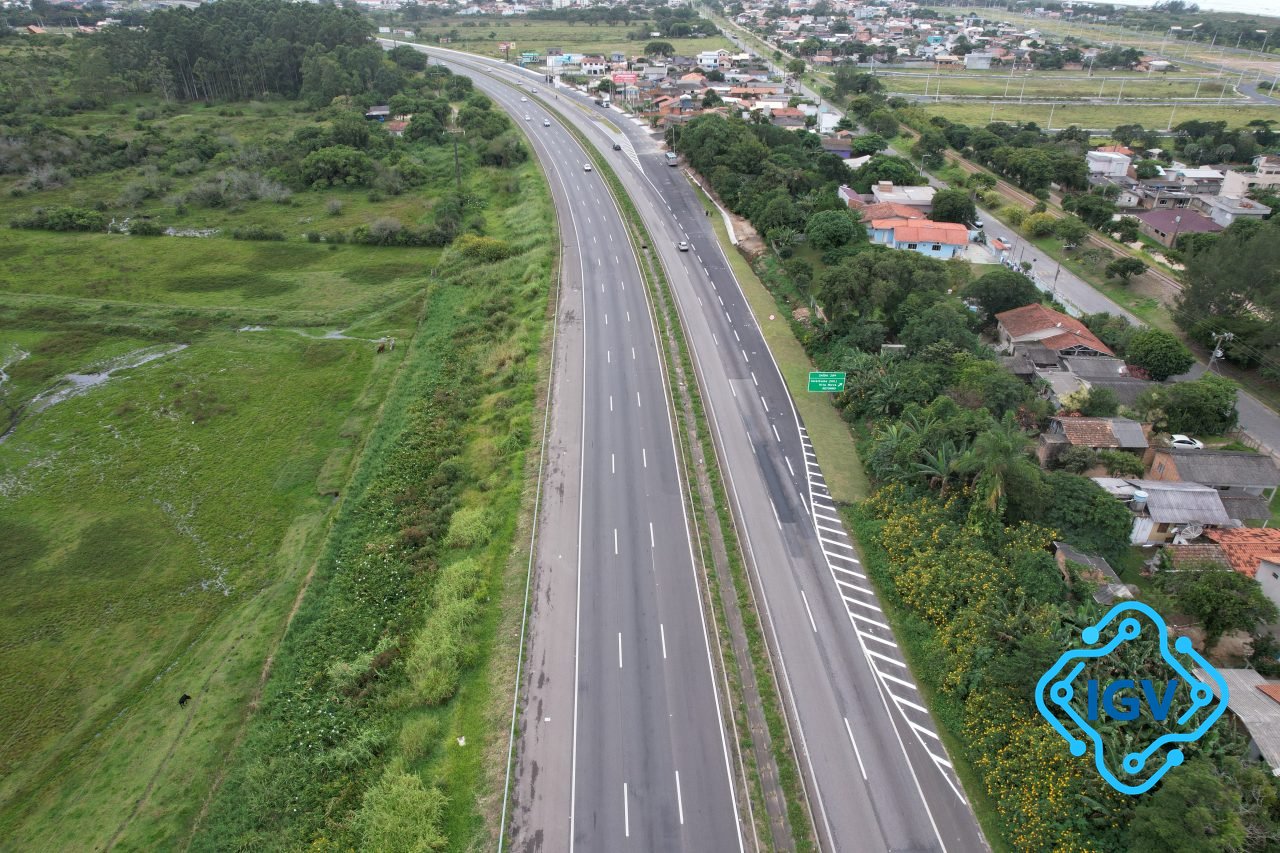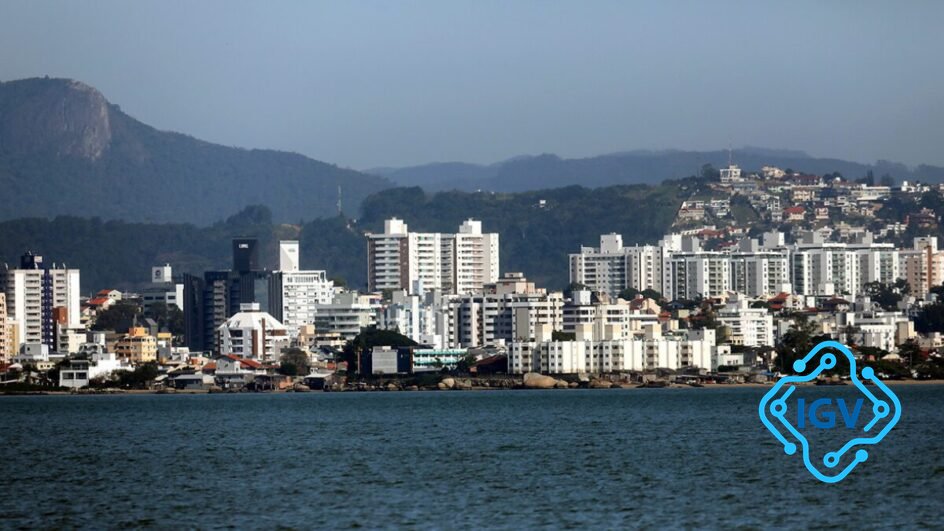Parque Nacional Corcovado: A Biodiversidade e os Desafios do Turismo

Costa Rica's Corcovado National Park, once devastated by mining and logging, now protects an extraordinary 2.5% of the world's biodiversity. Spread over 424 square kilometers on the Osa Peninsula, this remote area is a sanctuary for an incredible variety of life, including 500 tree species, 400 birds, and even endangered animals like the Baird's tapir and harpy eagle.
However, as tourism grows, the park's future hangs in the balance. Strict regulations limit access to just three trails, each requiring a licensed guide. But recent increases in visitor numbers have raised concerns about the impact of overtourism on this fragile ecosystem.
Local experts warn that decisions about the park's management must be made with care. The fear is that prioritizing quick profits over sustainable practices could undo decades of conservation efforts. Initiatives like building a paved road around the Osa coast and the construction of the first Hilton hotel in the area have sparked worries among environmentalists.
Organizations like Fundación Corcovado are working to balance conservation with local development. They support education, sustainable agriculture, and environmental protection programs while raising funds for critical projects, including the preservation of sea turtle nests and the restoration of habitats.





